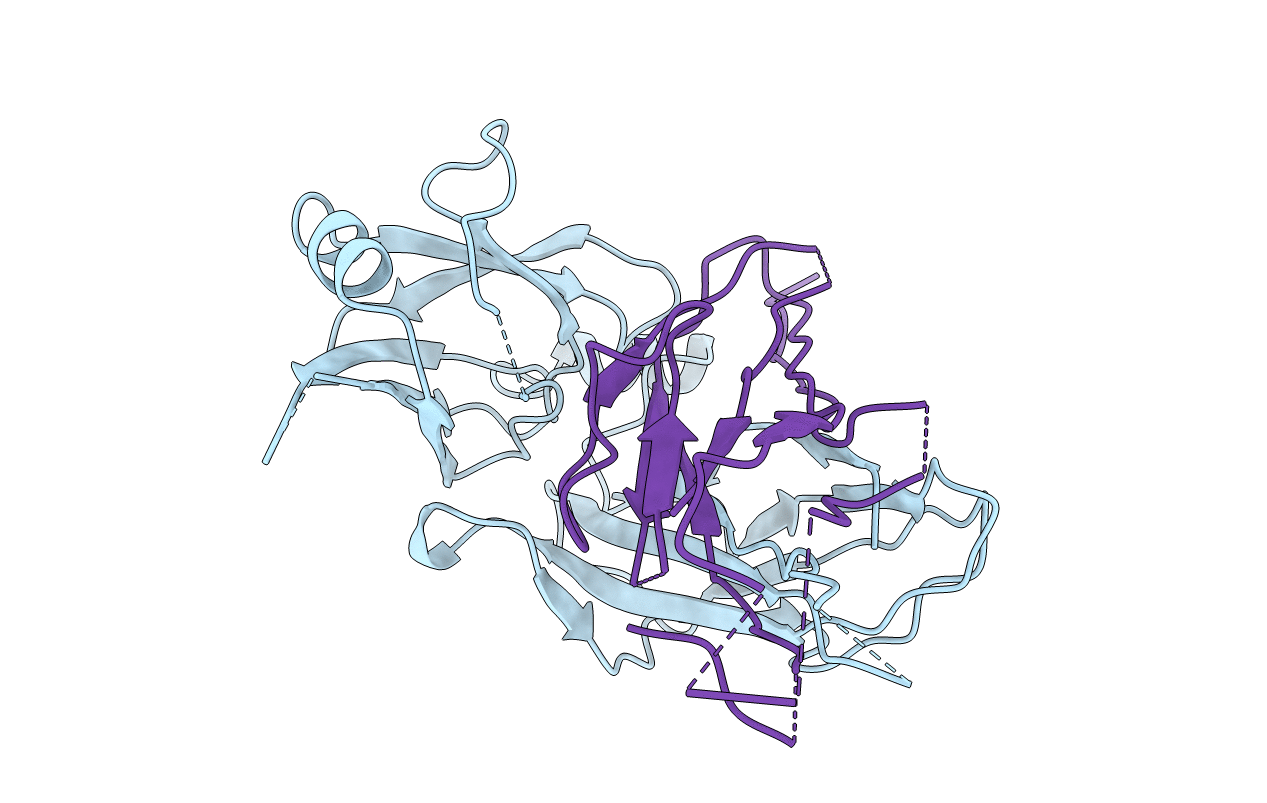
Deposition Date
2015-08-12
Release Date
2015-11-04
Last Version Date
2024-11-13
Entry Detail
PDB ID:
5D6H
Keywords:
Title:
Crystal structure of CsuC-CsuA/B chaperone-major subunit pre-assembly complex from Csu biofilm-mediating pili of Acinetobacter baumannii
Biological Source:
Source Organism:
Acinetobacter baumannii (Taxon ID: 470)
Host Organism:
Method Details:
Experimental Method:
Resolution:
2.40 Å
R-Value Free:
0.26
R-Value Work:
0.21
R-Value Observed:
0.22
Space Group:
P 64 2 2


